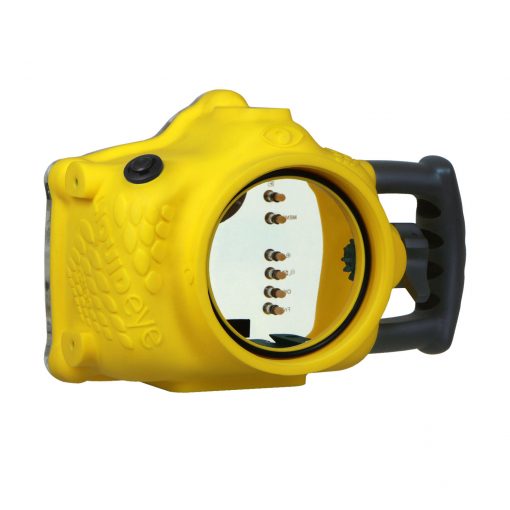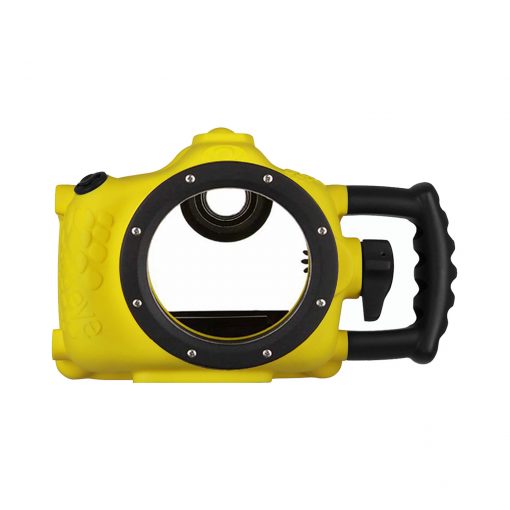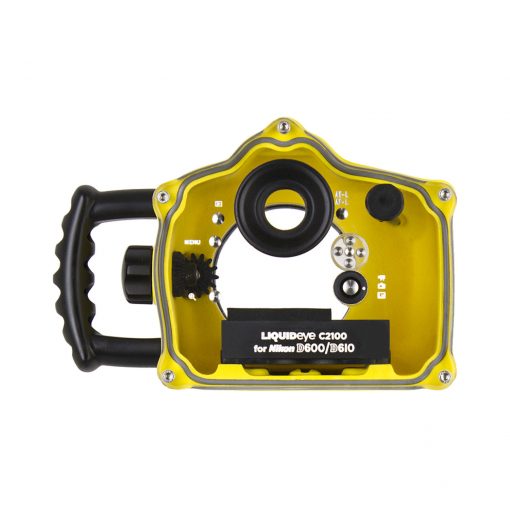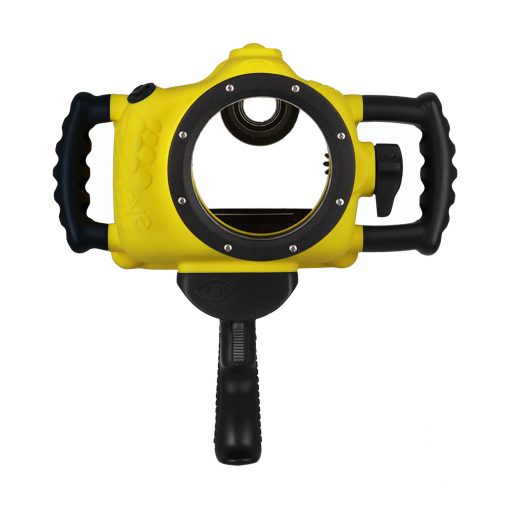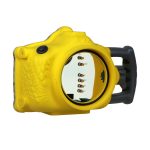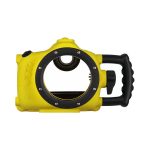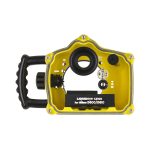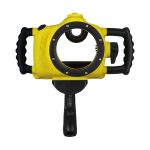Recognizing the market for a relatively affordable, compact, full-frame DSLR, Nikon designed the D600 for professional photographers and dedicated amateurs. Offering some of the most popular features of its flagship SLR, the D600 is a versatile choice for shooting everything from action sports to landscapes and portraits.
Due to a sensor issue and product defect with the launch of the Nikon D600, this model was replaced with the Nikon D610 – which solved the product defect issue with the sensor on the original D600.
Built around a 24.3 full-frame CMOS digital sensor and powered by a EXPEED 3 processor, the Nikon D600 D610 is a powerful tool for both photographers and videographers creating professional-grade content.
Read More
Featuring a continuous frame rate of 5.5 frames per second (fps), the D600 is fast enough for sports photography, and offers the clarity, sharpness, and depth of field that only a full-frame sensor can provide.
The 39-point autofocus system (9 cross type) with seven center focus points enables the tracking of fast moving subjects as well as fulltime autofocusing in video capture mode.
The D600 D610 is capable of shooting cinema-quality Full HD video at 1080p at up to 60 frames per second (fps). The ISO range for the D600 extends from 100 to 6,400, allowing excellent low light performance. The LCD back panel of the D600 / D610 is also fully adjustable, allowing photographers and videographers to view and compose their shots from multiple angles. Used and refurbished models of the D600 / D610 can be found for as low as $1,700, making it an affordable option for getting started with water photography.
Raises the Bar On Image Quality
The full frame sensor of Nikon D610 has definitely raised the bar on image quality. Photographers who want an uncompromised full frame capability and high-resolution performance can rely on the FX format of Nikon’s High Definition SRLS.
With a whole new dimension of camera performance, the Nikon D610 is capable of capturing even the tiniest details with lifelike sharpness and low noise in its wide range of ISO.
When it comes to low light performance, photographers would often associate it with Nikon cameras.
These SLRs are capable of shooting crystal clear images in an ISO range of 100 to 6400.
The ISO range is expandable down to 50 and can reach up to 25,600 for extreme conditions. The camera’s EXPEED 3 processing system is capable of managing all this with remarkable accuracy and speed.
It enables up to 6 fps continuous shooting in full resolution for both DX and FX formats. Whether you are shooting images of people, landscapes or close ups, you can marvel at the faithful color reproduction of D610.
Add to that is Nikon’s newest collection of reasonably priced and fast f/1.8 primes, along with a compact wide ratio zooms as well as a VR image stabilization and a superb lenses, you will surely experience the full potential this DSLR camera can offer.
Remarkable Auto Focus Performance
One of the best ways to capture razor sharp images is through a fast and precise AF system. The D610 has the best 39-tightly packed AF points and a wide area coverage, offering endless possibilities.
The 9 cross type sensors in the middle offer topnotch accuracy even if contrast and light are scarce. The 7 center focus points work al the way down up to the f/8 for extended Auto Focus functionality along with tele-converters as well as long reach lenses. You can switch between 9, 21 or 39-point Auto Focus in order to allow for composition freedom.
The Scene Recognition feature of the D610’s subject tracking and identification means you can enjoy an enhanced performance through the 3D tracking and auto area Auto Focus.
When shooting High Definition videos or taking images live, the responsive contrast detect Auto Focus gets activated, allowing you to achieve a more precise full-time autofocusing.
Exceptional Quality and Performance
The D610 is capable of delivering beautiful images consistently, thanks to its intelligent Scene Recognition feature along with the 3D color Matrix Metering II.
Its 2,016-pixel RGB sensor is capable of evaluating every scene, while taking into account the contrast, brightness and subject distance. The data collected is then compared against an onboard image database to achieve consistent and accurate exposures, as well as auto white balance.

